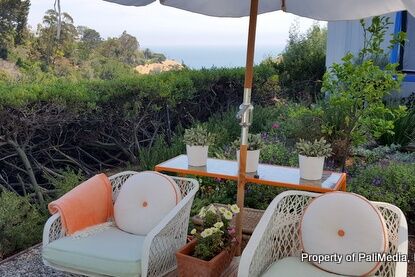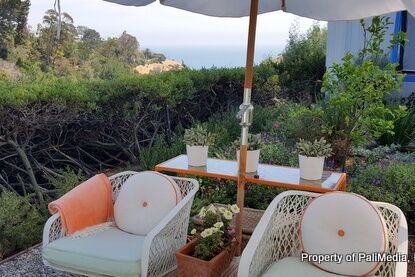Give Back to La Comunidad This Season
The holiday season offers many opportunities to give back to la comunidad in meaningful ways. Here’s how tres Latinas are helping in their areas.
Helping the Homeless
As a decades-long New Yorker, shop owner Bianca Moreno has endured many crises, from 9/11 to blackouts to subway strikes. But when Hurricane Sandy flooded the Red Hook neighborhood just blocks from Moreno’s Brooklyn apartment, the catastrophe struck close to home.
"I went shopping at a grocery store to prepare for Sandy," says Moreno. “After the storm hit, there was no grocery store. It’s surreal."
Stirred by seeing neighborhood haunts flooded or closed -- and their owners out of money, jobs and homes -- Moreno cooked meals for the newly homeless and displaced. Then she brought them supplies, such as bottled water, batteries and toiletries.
Moreno still contributes by raising money at her vintage store, A Little Wicked. Fifteen percent of all sales go to help storm victims. "I'm committed to volunteer through the holidays. These people need help long-term, especially after the camera crews are gone. I don't want to forget about them."
Galvanizing Volunteers
Elvia Rodriguez, a government agency worker in D.C., doesn't wait for the holidays to lend a helping hand. "What I love about this season is that I can inspire others to volunteer because they tend to be more generous.”
Rodriguez jumps at the opportunity to educate friends and strangers alike about organizations such as the League of United Latin American Citizens (LULAC) and other Latino charities she works with.
Her favorite non-profit? St. Jude’s Children’s Research Hospital. From ice-skating fundraisers to gift giving, the benefits of working with the hospital are a two-way street for Rodriguez. "Helping out helps me, too,” she explains. “Supporting my community makes me feel like I'm part of it."
Comforting Single Moms
Being a single mom is the catalyst for Yvette Castillo's big Christmas spirit. Every year, she volunteers at a battered women’s shelter in her hometown of San Antonio, Texas.
In addition to a big heart, Yvette brings the kids and moms toys and gifts. "I know what it’s like to want things for your kids and not have the resources to get them,” says the native Tejana. “I promised myself if I was ever in a position to help a mom, I would." And so she does.
Looking for more ways to give back this holiday season? Our sponsor, Orgullosa™, is working with the League of United Latin America Citizens (LULAC) to donate toys to Latino kids in need. For every new “Like” on the Orgullosa™ Facebook page, they will donate $1 to LULAC so they can provide toys for kids in need. To learn more about LULAC visit LULAC.org.
Like the Orgullosa™ page today to help kids in need!













